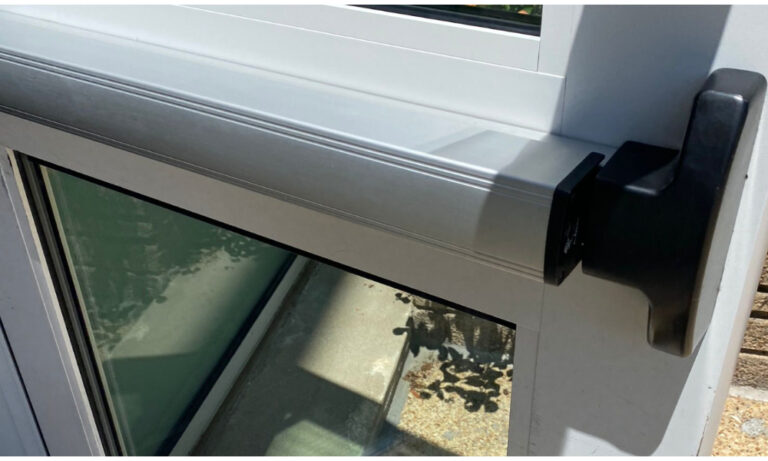
In Australia, ceramic tiling is an essential part of both residential and commercial construction. Adhering to Australian Standards is crucial for ensuring quality, safety, and durability in any tiling project. Whether you’re working on a new bathroom, kitchen, or outdoor area, it’s essential to understand the guidelines and regulations that come with ceramic tiling to meet the legal and technical requirements.
What are the Key Australian Standards for Ceramic Tiling?
The Australian Standards for ceramic tiling are outlined in the AS 3958 guidelines. This document provides detailed instructions for the selection and installation of ceramic tiles in Australia. One of the most critical sections covers the preparation of surfaces, the application of adhesives, and the spacing and alignment of tiles. Adhering to these standards helps ensure that the tiling work is long-lasting and safe for the intended environment.
Surface Preparation According to AS 3958
Proper surface preparation is crucial to the success of any ceramic tiling project. Australian Standards mandate that surfaces must be clean, dry, and free from contaminants like oil, dust, or old adhesive residues. Concrete surfaces, in particular, may need to be leveled and smoothed to avoid uneven tiling that could lead to future complications. The AS 3958 standards also specify the importance of applying a waterproofing membrane, particularly in areas exposed to moisture, such as bathrooms and kitchens.
Tile Adhesives and Grouting in Australian Standards
Using the right tile adhesive is vital in ensuring that the ceramic tiles bond correctly to the surface. Australian Standards recommend cement-based adhesives for most ceramic tiling projects, though specific environments, such as those exposed to chemicals or high temperatures, may require specialized adhesives. The AS 3958 standards also emphasize the importance of mixing and applying the adhesive in small sections to prevent it from drying out too quickly, which could compromise the bonding strength.
When it comes to grouting, the guidelines specify that joints between tiles must be filled correctly to avoid issues like water infiltration or cracking. Australian Standards also provide recommendations for joint width, which varies depending on the size and type of the tiles used. Proper grouting is essential for maintaining the aesthetic and structural integrity of a tiled surface.
What are the Requirements for Waterproofing in Ceramic Tiling?
Waterproofing is a significant part of ceramic tiling, especially in wet areas such as bathrooms, kitchens, and outdoor spaces. Australian Standards require the application of a waterproof membrane before tiling in these areas to prevent moisture penetration. Failing to comply with these requirements could result in water damage, mold growth, or structural deterioration over time. The AS 3740 standard outlines the exact specifications for waterproofing in residential and commercial buildings, ensuring that every tiled surface remains protected from moisture-related damage.
Tile Spacing and Alignment Guidelines
Proper tile spacing and alignment are critical for both the aesthetic and structural quality of ceramic tiling. The Australian Standards recommend the use of tile spacers to ensure uniform joints between tiles. In addition, tiles should be laid in a staggered pattern to distribute the load evenly across the surface, reducing the risk of cracking or other issues.
Durability and Load-Bearing Capacity
Ceramic tiles are known for their durability, but they must be installed following strict guidelines to maximize their load-bearing capacity. Australian Standards specify that tiles in high-traffic areas, such as commercial spaces or public buildings, should be thicker and more durable than those used in residential areas. The AS 4586 standard also provides guidelines for slip resistance, ensuring that tiles are safe to walk on, even in wet conditions.
What are the Common Mistakes to Avoid in Ceramic Tiling?
Even with detailed standards, mistakes can still happen in ceramic tiling projects. One of the most common errors is poor surface preparation, which can lead to tiles lifting or cracking over time. Another mistake is using the wrong adhesive or not applying enough of it, which can cause tiles to shift or detach. Failing to follow the Australian Standards for grouting and waterproofing can also result in water damage and compromised structural integrity. Ensuring that all materials and techniques comply with the relevant Australian Standards is essential for avoiding these costly errors.
What are the Legal Implications of Non-Compliance?
In Australia, failing to comply with ceramic tiling standards can have serious legal implications. Non-compliance with AS 3958 and other relevant standards may lead to legal disputes, particularly in commercial projects or large-scale residential developments. In the case of defective tiling work, builders and contractors may be held liable for any damages caused, including the cost of repairs or replacements. This underscores the importance of ensuring that all tiling work adheres strictly to the Australian Standards.
How to Ensure Compliance with Australian Standards?
Ensuring compliance with Australian Standards for ceramic tiling starts with thorough planning and attention to detail. Contractors and tilers should familiarize themselves with the relevant standards and make sure that all materials, from tiles to adhesives, meet the required specifications. Regular inspections during the tiling process can help identify potential issues before they become costly problems. Additionally, homeowners should only hire licensed and qualified professionals to carry out tiling work to ensure that all standards are met.
For instance, when planning a Bathroom Tiling project, the contractor should evaluate the area’s exposure to moisture, the durability of the materials, and the need for slip-resistant surfaces. Complying with the standards in these areas helps ensure a long-lasting and safe tiling installation.
Choosing the Right Tiler for Your Ceramic Tiling Project
Selecting a qualified tiler is crucial for ensuring that your ceramic tiling project adheres to Australian Standards. When hiring a professional, it is essential to verify that they have the necessary certifications and experience working with ceramic tiles. Homeowners should ask for references or check online reviews to confirm that the tiler has a track record of compliance with AS 3958 and other relevant standards.
A skilled Tiler Melbourne will understand the complexities of ceramic tiling projects and will follow the necessary guidelines to ensure a high-quality finish. They should also be able to advise on the best materials to use for your specific environment, taking into account factors such as moisture levels, foot traffic, and exposure to outdoor elements.
Maintenance and Repairs: Extending the Lifespan of Your Tiling Work
Regular maintenance is essential for extending the lifespan of any ceramic tiling installation. This includes cleaning tiles with appropriate solutions to avoid damaging the grout or adhesive, as well as inspecting the tiles for any signs of wear or damage. In wet areas, it is crucial to ensure that the waterproof membrane remains intact and that any signs of water infiltration are addressed promptly.
Repairs should always be carried out by a qualified tiler to ensure that they comply with Australian Standards. Whether it’s replacing a cracked tile or reapplying grout, following the relevant guidelines is crucial for maintaining the integrity of the entire tiled surface.
Conclusion: Adhering to Australian Standards for Long-Lasting Ceramic Tiling
Adhering to Australian Standards is essential for ensuring the quality, safety, and durability of ceramic tiling projects. From surface preparation to grouting and waterproofing, each step must follow the AS 3958 and other relevant guidelines to guarantee that the work meets legal and technical requirements. Whether you’re a homeowner or a contractor, understanding and applying these standards is crucial for delivering high-quality results that stand the test of time.







